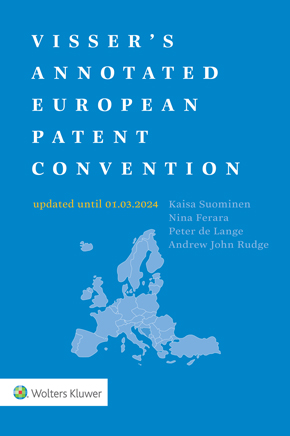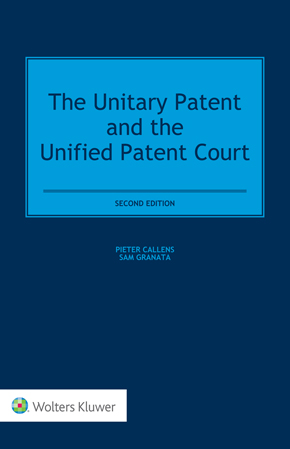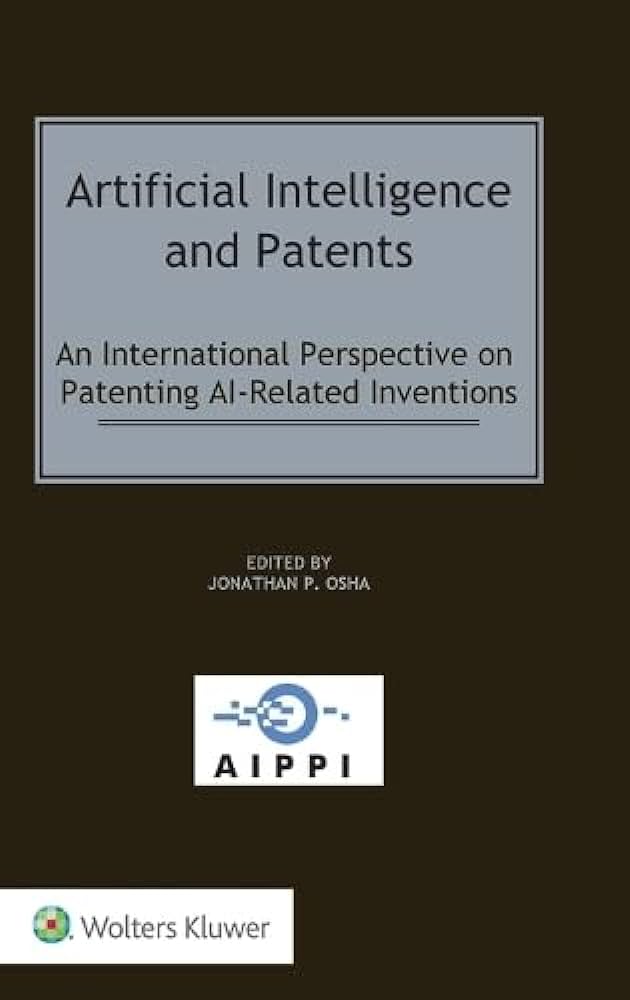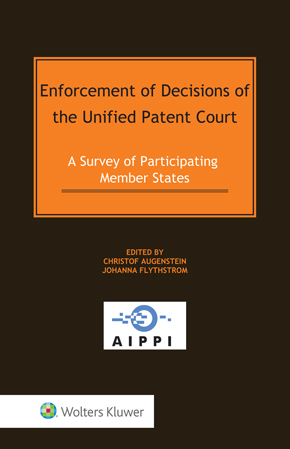On 4 December 2020, the English Patents Court handed down its decision in Neurim Pharmaceuticals (1991) Limited & Flynn Pharma Limited v Generics UK Limited (t/a Mylan) & Mylan UK Healthcare Limited, the main action proceedings regarding Neurim’s patent for Circadin , EP 1 441 702 (“EP 702”). The judgment is available here.
, EP 1 441 702 (“EP 702”). The judgment is available here.
Many readers will recall Marcus Smith J’s decision to refuse a PI (reported here and, after it was upheld by the Court of Appeal, here). It might therefore come as a surprise that the same judge has found Neurim’s patent valid and infringed. The patent (as amended) protects the use of 2 mg of melatonin in a prolonged release formulation for improving the restorative quality of sleep in a patient aged 55 years or older suffering from primary insomnia characterised by non-restorative sleep. The proceedings were commenced by Neurim and its (allegedly exclusive) licensee, Flynn, in February 2020. An expedited trial was ordered to take place in October 2020[1] and a decision was handed down on 4 December 2020. As infringement was not contested, the judgment deals with Mylan’s grounds of invalidity based on lack of novelty, lack of inventive step and insufficiency – rejecting all of the grounds – and also deals with Mylan’s challenge to Flynn’s status as exclusive licensee under the patent. The Judge found that Flynn was not Neurim’s exclusive licensee and so did not have standing to claim for infringement as a co-claimant alongside Neurim.
The skilled person, and another wake up call for practitioners
The judgment is notable for the unusually (for English patents judgments) scathing criticism of one of the expert’s evidence. It provides another stark reminder of the importance of the way in which experts’ reports are prepared in patent litigation in England. The individual criticisms were too many to note but the judge’s overall characterisation of Mylan’s expert’s report is striking:
“I am afraid that [the first and second reports of Professor Morgan] were, in critical respects, disingenuous documents, written in a manner that seemed to me calculated, not to assist, but to mislead, the court.”
The judge took the opportunity to remind readers that, as English patent practitioners know well, ultimately it is the expert who is responsible for his or her reports. The judge also remarked it was not enough for the report to be technically correct, it must also represent the expert’s own opinion. This seems to be quite a subtle difference since, intuitively, an expert is unlikely to regard their own opinion as technically incorrect. The criticism seems to reflect a feeling on the part of the judge that Mylan’s expert had side-stepped certain important concepts and CGK papers in his written evidence. In other words, the expert’s opinion should be complete as well as being accurate.
Interestingly the experts’ familiarity with concepts of patent law concepts also appears to have influenced how useful the judge found their evidence. This factor informed Marcus Smith J’s view as to whether they were reading the prior art documents and the patent through the right lens. In practical terms, it is important that witnesses who are not versed in patent law receive appropriate guidance on these aspects of being a witness. The judge found that the Defendant’s expert was unduly critical of EP 702, yet forgiving of similar shortcomings in the prior art. It was also not clear what standards the expert was seeking to apply to the documents. This meant that conclusions which (at least to those not expert in treating sleep disorders), might have appeared reasonable, were not attached much weight. This highlights again that an expert’s opinion is only as good as the reasons they have for holding it. In contrast, the concepts of the person skilled in the art and common general knowledge were “no strangers” to Neurim’s expert and this enabled him to give his evidence clearly and helpfully.
Ultimately, the expert’s report and oral evidence appeared to be the undoing of Mylan’s case and the judge placed little, if any, weight on his opinion in reaching this judgment.
Common general knowledge
The judge noted that in order for something to form part of the CGK, it must be CGK for a skilled person in the UK. This arises from the territorial nature of patents and the fact that a UK designation of an EP confers no rights outside the UK. However, this limitation on the CGK does not mean the technical area cannot be international in its outlook. Indeed, the judge preferred Neurim’s, primarily US-based, expert’s opinion where there was a dispute between the two sides. This was also a result of the significant reservations the judge had about Mylan’s, UK-based, expert’s evidence and was dependent on Neurim’s expert being sufficiently versed in the UK position. In addition, despite the field of therapy for sleep disorders such as insomnia being an emerging one in the UK at the priority date, the judge rejected Mylan’s suggestion that the skilled person could not be appropriately skilled in both research and clinical practice, as he could not see how a researcher could be so isolated from clinical practice.
When is primary insomnia, Primary Insomnia?
Mylan was unsuccessful in arguing that EP 702 lacked novelty over an article, Haimov 1995, that it lacked inventive step over Haimov 1995, Zisapel 1999 (a review article authored by the inventor of the Patent), or a webpage advertising the melatonin product Melatonex, which was available at the priority date over the counter in the USA. The judge’s conclusions on the prior art are fairly brief and follow a detailed summary of the law on novelty and inventive step. The Claimants’ case on validity was helped by the judge’s acceptance that the terms “primary insomnia”, the “the restorative quality of sleep” and “characterised by non-restorative sleep” as used in the claims of EP 702 had narrow, technical meanings.
Haimov 1995 reported that melatonin improved sleep in elderly melatonin deficient patients. Insomnia caused by melatonin deficiency was referred to by Mylan’s expert as the “melatonin theory of late onset insomnia”, a theory which the judge concluded had been discredited at the priority date. The judge found (in contrast to the decision of the EPO Opposition Division, which is currently under appeal) that Haimov 1995 did not anticipate the patent because it was directed to considering whether a melatonin deficiency was causing insomnia, and the individuals the subject of the study were identified by reference to this aim. The judge accepted that the patients in the study were “unquestionably” primary insomniacs, in the sense that they reported poor sleep not attributable to an external cause but they were not Primary Insomniacs as defined in the Diagnostic and Statistical Manual of Mental Disorders, which were accepted to form part of the skilled person’s CGK. The judge found that the skilled person would learn nothing from Haimov 1995 about the medical use claimed in the patent.
The judge also found that the invention in EP 702 was not obvious in view of Haimov 1995, since it said “nothing about the effect of melatonin on an individual (of whatever age) suffering from Primary Insomnia characterised by non-restorative sleep”. The study did, nonetheless, report increased quality of sleep following administration of a 2 mg slow-release formulation of melatonin and so it is interesting to note that this was not regarded as relevant to whether the skilled person might be motivated to test the drug in Primary Insomniacs characterised by non-restorative sleep. Might the skilled person, knowing that the melatonin deficiency theory of late onset insomnia was discredited, be interested in the effects of melatonin on sleep quality in patients with primary insomnia? It appears from EP 702 itself that articles had also been published suggesting that non-restorative sleep was more prominent in the elderly population and issues with sleep onset were more prevalent in younger primary insomnia sufferers.
While the Melatonex advertisement for 3 mg of melatonin as a sleeping aid was dismissed as mere advertising puff, akin to the infamous Carbolic Smoke Ball, the judge made some surprising comments on Zisapel 1999 and found it to be an unpromising piece of prior art apparently based on the fact it was a review article. The judge’s view was that “one would expect the relevant prior art to appear elsewhere than what is purely a review article”. He also referred to evidence given by Neurim’s expert that the data in the references did not always support the comments made in the article itself. The judge, once again, preferred Neurim’s expert’s views that Zisapel 1999 did not address the therapeutic use of melatonin for treating primary insomnia (whether characterised by non-restorative sleep or otherwise) and concluded that the use claimed in EP 702 was neither adverted to in the references nor mentioned in the article itself.
What makes a good night’s sleep?
Mylan alleged, in support of their argument of insufficiency, that reference to an improvement in non-restorative sleep was ambiguous. However, the non-restorative quality of sleep was referred to in the definition of Primary Insomnia in the Diagnostic and Statistical Manual of Mental Disorders, which specify that the “predominant complaint is difficulty initiating or maintaining sleep, or nonrestorative sleep”. The judge also concluded that a skilled person would be able to assess whether a patient reported an improvement and that this was not undermined by the fact the assessment is based on the patient’s subjective view of their quality of sleep.
Mylan also argued that EP 702 did not make it plausible that the claimed invention would work. Here, the judge considered Mylan’s expert had assessed the patent by reference to a far higher standard than required, namely that “the Patent must prove (to some unarticulated standard other than plausibility) that which it asserted”. Marcus Smith J found that, in context, primary insomnia as used in the Examples of EP 702 was referring to Primary Insomnia, despite a lack of disclosure as to how the patients were diagnosed. The judge also concluded that some of the patients included in the study would have had Primary Insomnia characterised by non-restorative sleep. In addition, the studies described in Examples 2 and 3 were clearly assessing quality of sleep in the technical sense and (unlike the prior art) not in the looser sense of a good night’s sleep.
No exclusive licence
There was, however, some silver lining for Mylan. Mylan challenged Flynn’s status as exclusive licensee of EP 702, putting forward two arguments: (1) that the licence did not exclude others (including Neurim) from carrying out acts within the scope of the patent; and (2) that the licence constrained Flynn’s right to initiate infringement proceedings. Under the Patents Act 1977, only the patentee and/or exclusive licensee has standing to commence a claim for infringement. Section 130(1) of the Patents Act 1977 requires that to be exclusive, a licence must confer a right in respect of the invention “to the exclusion of all other persons (including the proprietor…)”. Marcus Smith J found that there was no true exclusive licence and so Flynn lacked standing to claim for infringement.
It was the second argument that was successful. Marcus Smith J considered that an additional cause of action is created for an exclusive licensee to commence infringement proceedings by Section 67(1) of the Patents Act 1977. The licence as amended provided only for Flynn to commence infringement proceedings jointly with Neurim and was silent on whether Flynn could commence proceedings independently. The Judge considered that such a licence would prevent Flynn from enforcing its rights under the licence and therefore could not be said to be exclusive. Noting that there was no case law authority on the question, Marcus Smith J found that the restrictions in the litigation clause deprived the purportedly exclusive right of substantially all meaning.
Since Mylan was not prevented from launching its generic melatonin product following Marcus Smith J’s decision to reject Neurim and Flynn’s PI application earlier this year, in due course, absent settlement, there will be a damages claim now that the patent has been held valid (subject to any appeal). If Flynn does not have standing to claim for damages, Neurim will need to identify its loss specifically, for example lost royalties, rather than focusing on Flynn’s lost sales. After what seemed like a coup for Mylan in managing to avoid the imposition of a PI, Mylan looked to be on the hook for significant damages, so being liable only for Neurim’s losses and not Flynn’s would be welcome news. While the first instance decision on validity will be challenging to appeal, since it depends so heavily on the judge’s assessment of the expert evidence, Mylan will also have a further stab at avoiding the damages if they can convince the TBA to revoke the patent when the EPO appeal takes place (expected in 2022).
[1] As an aside, the trial was held as a hybrid trial, taking place in person and being streamed via Skype. This was not just because one of the expert witnesses was cross examined via video link, which is permissible where witnesses are based abroad and cannot travel for an ordinary in person trial, but because the Court made the hearing available to be joined by members of the public via Skype. This is another example of the Courts applying the provisions on remote trials flexibly, to facilitate open justice in times of lockdown.
More from our authors:

|
Vissers Annotated European Patent Convention 2024 Edition by Kaisa Suominen, Nina Ferara, Peter de Lange, Andrew Rudge € 105 |

|
The Unitary Patent and the Unified Patent Court, Second Edition by Pieter Callens & Sam Granata € 176 |

|
Artificial Intelligence and Patents: An International Perspective on Patenting AI-Related Inventions by Jonathan P. Osha € 174 |

|
Enforcement of Decisions of the Unified Patent Court: A Survey of Participating Member States by Christof Augenstein and Johanna Flythstrom € 123 |